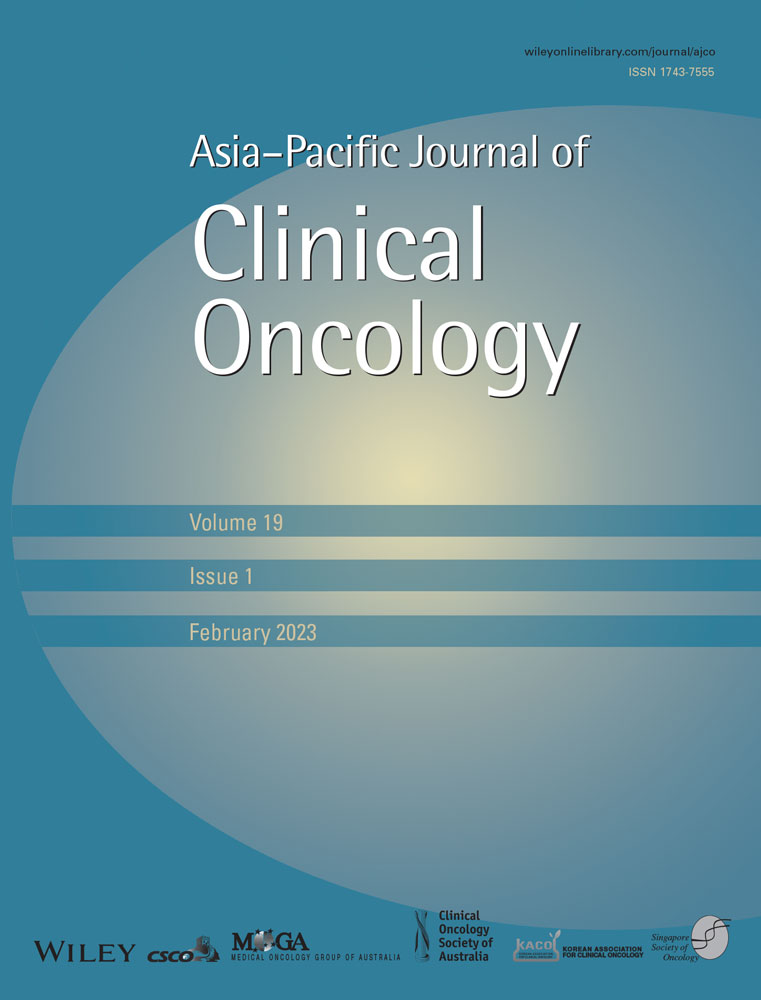Efficacy evaluation of different measurement methods for target lesions after neoadjuvant chemotherapy and radical radiotherapy in locally advanced hypopharyngeal carcinoma
Funding information: Beijing Municipal Administration of Hospitals Clinical Medicine Development of Special Funding Support, Grant Number: ZYLX201803; Beijing Hospitals Authority Ascent Plan, Grant Number: 20191103; Beijing Natural Science Foundation, Grant Number: Z200015; 2019 SKY Imaging Research Fund of the Chinese International Medical Foundation, Grant Number: Z-2014-07-1912; Beijing Municipal Medical Research Institutes, Beijing Medical Research Institute, Grant Number: 2019-1
Abstract
Aim
To assess the diagnostic efficacy in response evaluation of hypopharyngeal carcinoma (HPC) using different CT measurement methods.
Methods and materials
One hundred and three patients with locally advanced HPC receiving neoadjuvant chemotherapy (NACT) and radical radiotherapy (RT) were retrospectively enrolled. The long diameter, short diameter and largest axial area of the tumors and the largest metastatic cervical lymph node (LN) were measured before and after NACT, at the end of RT and 1 month after RT. Tumor regression ratios of the sum of the tumor's long diameter and LN's short diameter (LDTSDL), the sum of tumor and LN's short diameter (TTSDL), the sum of tumor and LN's largest axial area (AATML) were calculated. Analysis was conducted for overall survival (OS), metastasis-free survival, regional recurrence-free survival (RRFS), and local recurrence-free survival (LRFS).
Results
Note that 35, 28, 23, and 16 patients suffered death, local recurrence, regional recurrence and distant metastasis, respectively. TTSDL-defined effective group demonstrated better LRFS (p = .039) and RRFS (p = .047) after NACT and better OS since the end of RT (p = .037); AATML-defined effective groups demonstrated better OS, LRFS, and RRFS since the end of RT (p = .015, .008, and .005). While LDTSDL-defined groups showed differences in OS and LRFS until 1 month after RT (p = .013 and .014).
Conclusions
The regression rate of TTSDL and AATML can distinguish prognosis at an earlier time and demonstrated better reliability compared with LDTSDL. They were recommended for response evaluation in HPC.
CONFLICT OF INTEREST
The authors declare that there is no conflict of interest that could be perceived as prejudicing the impartiality of the research reported.
Open Research
DATA AVAILABILITY STATEMENT
All data included in this study are available upon request by contact with the corresponding author.




